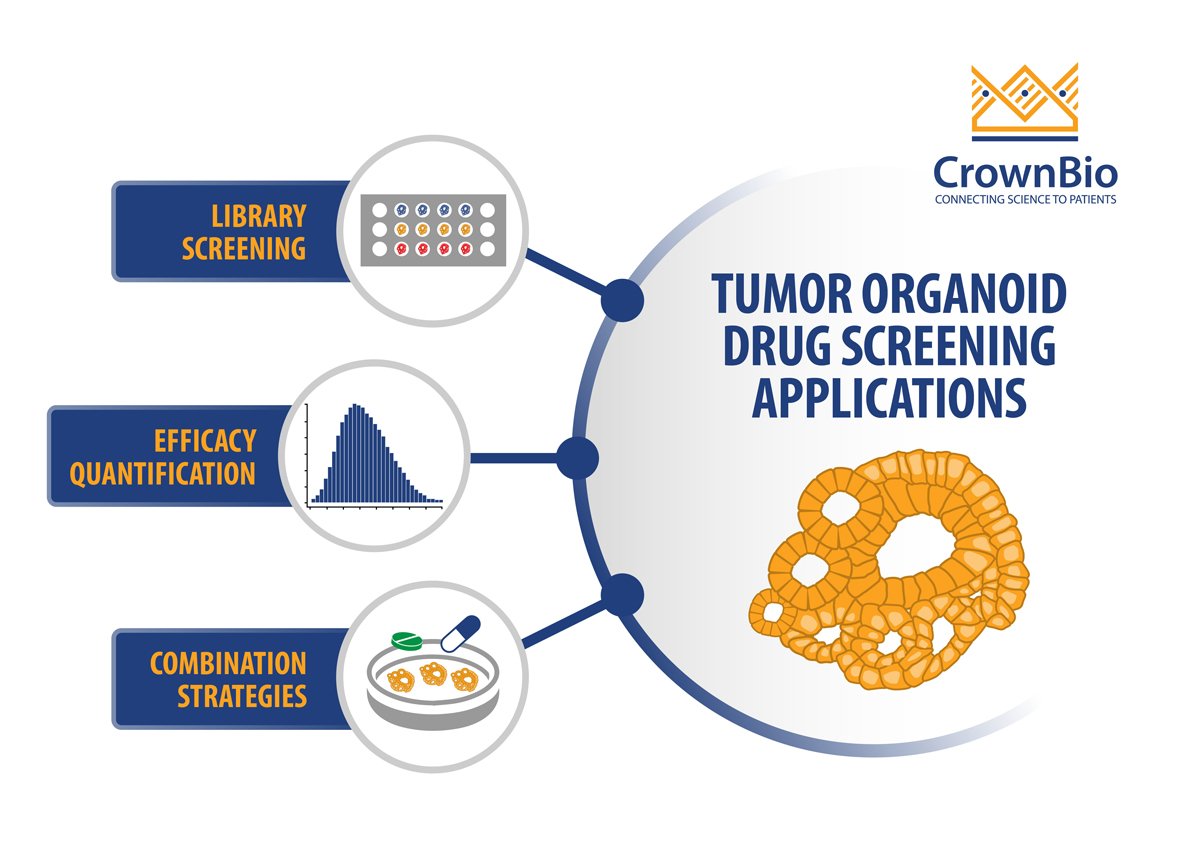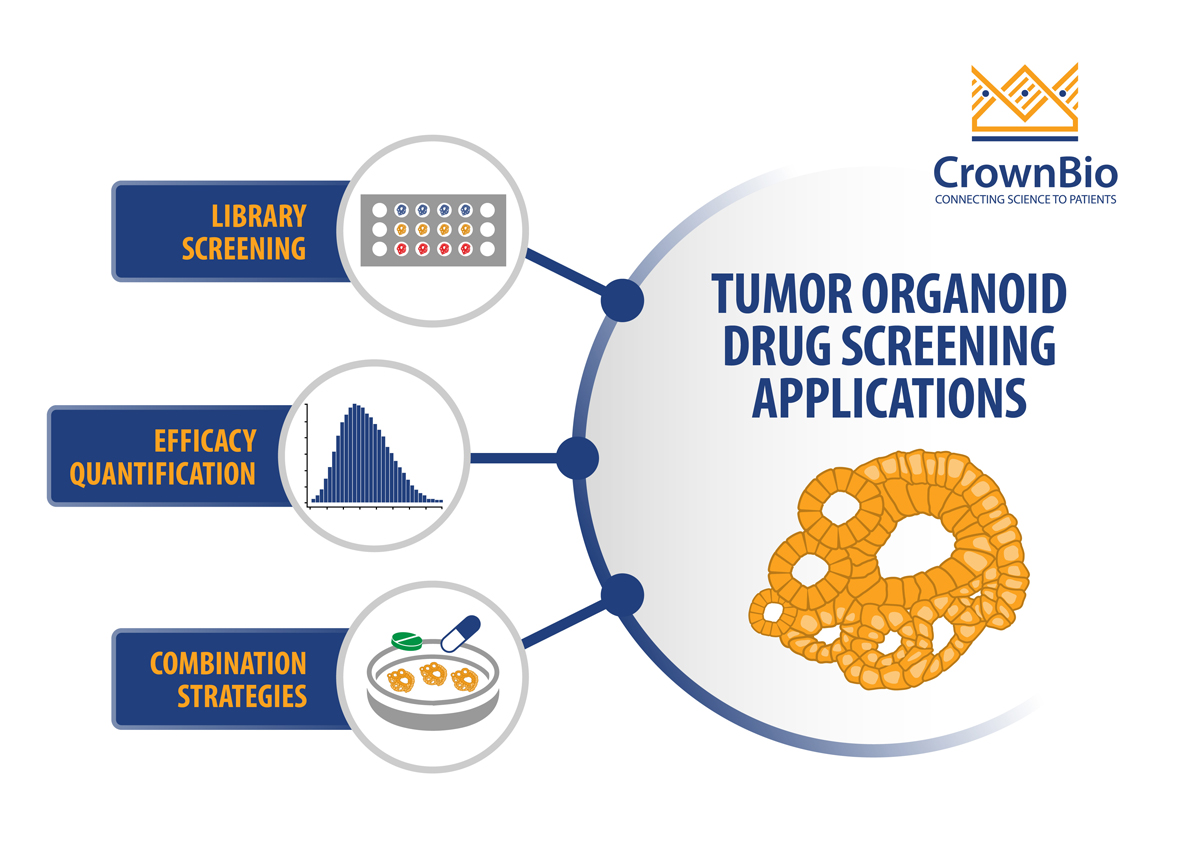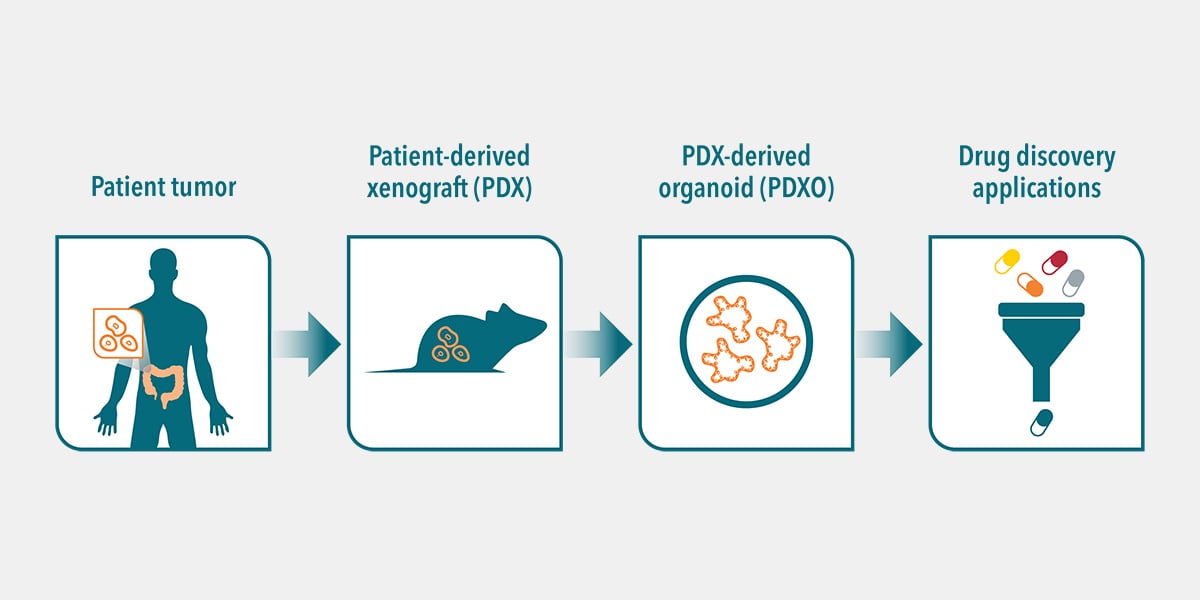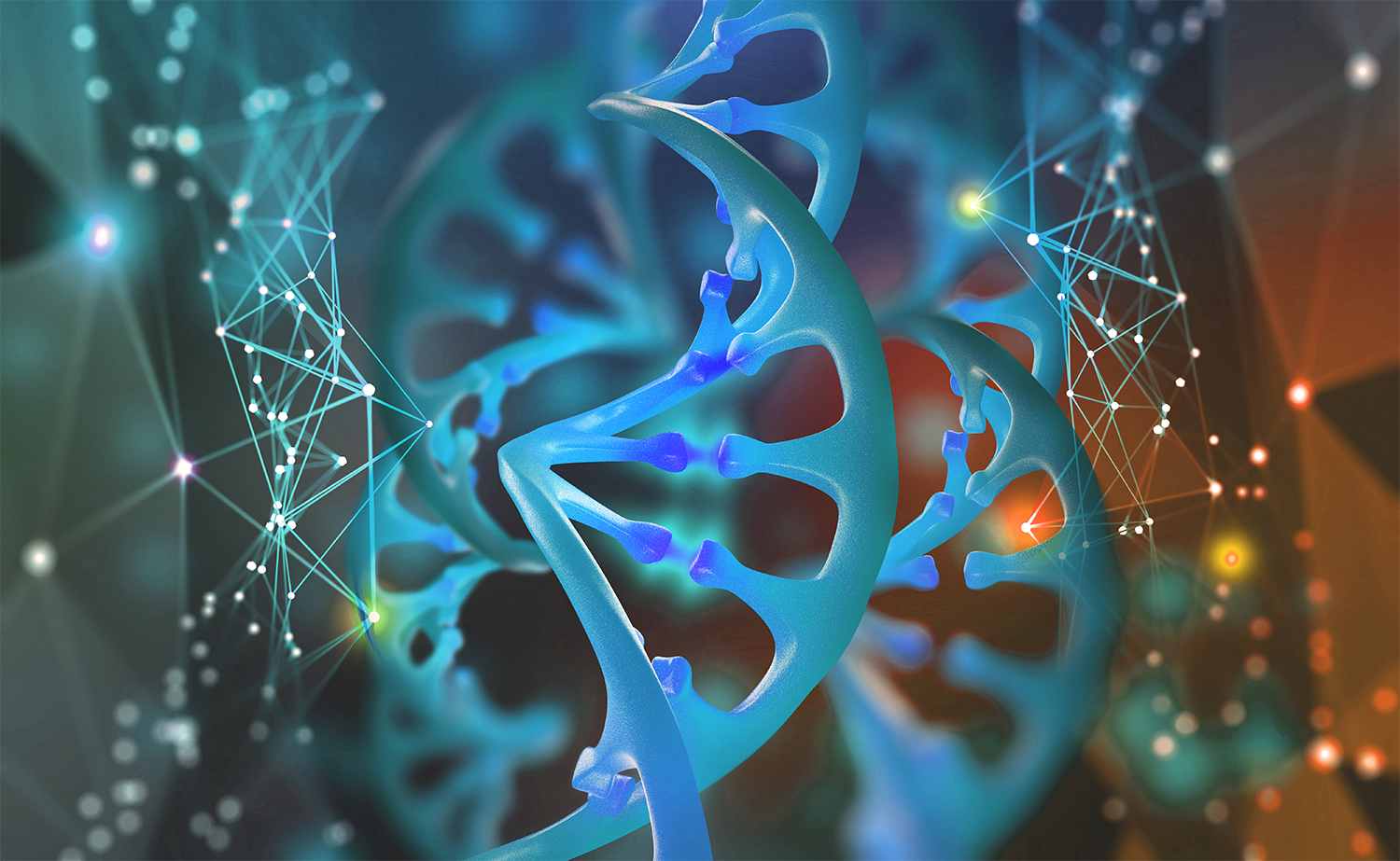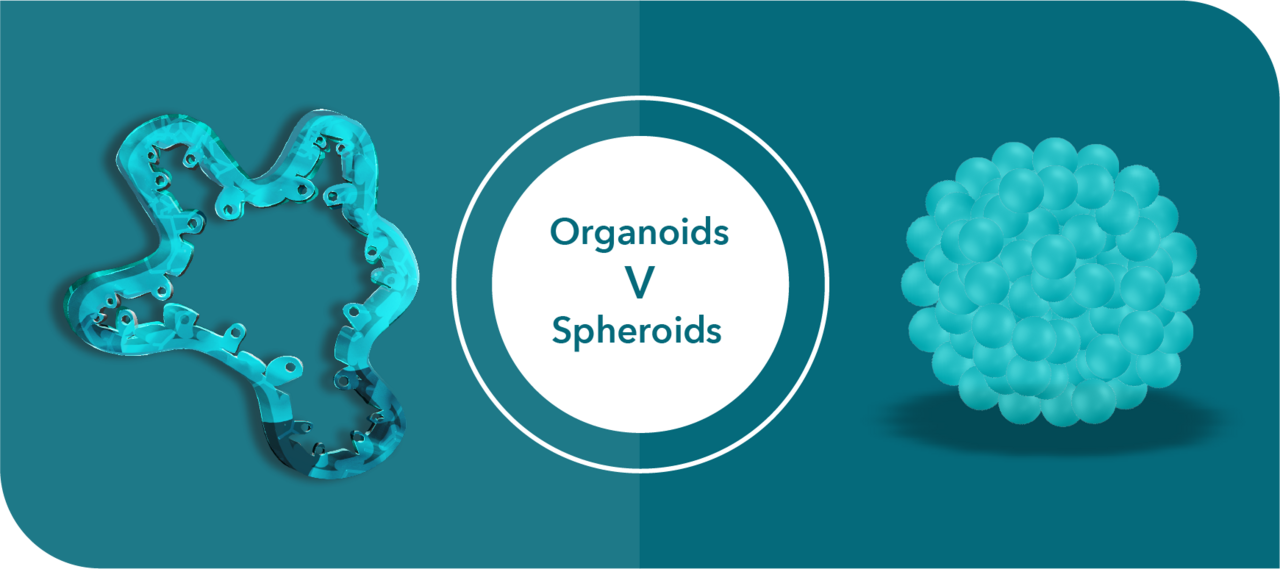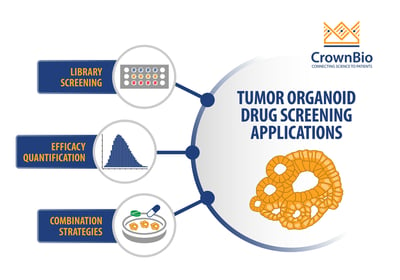 Explore the top 3 ways to use tumor organoids for drug screening: library screening, efficacy quantification screening, and combination strategy screening.
Explore the top 3 ways to use tumor organoids for drug screening: library screening, efficacy quantification screening, and combination strategy screening.
Current Challenges in Drug Screening and In Vitro Models
The bulk of high throughput drug screens are currently conducted using 2D cell lines, which are easy to establish and manipulate and can provide rapid results for early-stage decisions. However, their physiological relevance is not optimal, with immortalized cell lines grown in vitro and engrafted in vivo shown to bear minimal resemblance to the tissue or tumor of origin. Instead, these cell lines have a higher resemblance to each other. Cell lines that have been adapted to grow outside the natural tumor microenvironment (TME) also results in stress and genetic changes that are not seen in human patients.
We still need more patient-relevant in vitro models, to generate data on preclinical safety and efficacy and enable better decisions earlier in drug discovery. The goal is to help reduce the high attrition rate for drugs in oncology clinical development. A recent analysis found that oncology clinical trials have a 97% rate of failure; although those employing biomarker strategies for patient-selection have higher overall success probabilities.
Why Choose Tumor Organoids for Drug Screening?
One new model which brings more patient-relevance to drug screening is patient-derived tumor organoids. Tumor organoids are advanced in vitro 3D cultures that faithfully recapitulate the genomic, morphological, and pathophysiological characteristics of their parental tumor. The preservation of these features provides 3D in vitro tumor models for drug screening which are much more patient-relevant than traditional 2D in vitro models.
There are currently three main uses for tumor organoid drug screening:
- To screen compound libraries across organoid models to find the right indication
- To quantify compound potency and efficacy
- To assess combination strategies.
Library Screening using Tumor Organoids
Tumor organoids are used to quickly identify lead agents from a large library of compounds, and to test single or multiple drug concentrations. The use of a large collection of well-characterized tumor organoids improves the patient relevance of early hit finding, with the models recapitulating oncology patient population diversity. The in vitro data provided is more translatable than when using standard in vitro models, to help researchers select the best responding and most promising cancer indications. Thanks to the scalability of tumor organoids, models can easily be run in triplicates providing large data sets on cell viability.
Tumor Organoids for Efficacy Quantification Screening
Tumor organoids are ideal for quantifying the efficacy and potency of anticancer agents for two main reasons – they are easily scalable, and organoids are amenable to standard in vitro assays such as IC50 measurement and CTG readout for cell viability. The availability of large collections or “biobanks” of organoid models also allow population style efficacy screens to identify responder and non-responder models. This guides which patients and/or therapeutic agents should be taken forward for further study. Organoid screening is also useful to repurpose and reposition certain drugs.
Screening Combination Strategies with Tumor Organoids
Drug combination strategies are intended to inhibit multiple pathways in cancer cells with the goal of developing more effective cancer treatment options. Thanks to organoid scalability, multiple drug combinations can be evaluated simultaneously across many tumor organoid models to identify the most promising combination strategies. Synergistic, antagonistic, or additive effects can also be evaluated.
Conclusion
Tumor organoids are innovative 3D in vitro models with high patient relevance and which enable enhanced predictivity in early drug development. Using tumor organoids for drug screening, across the main applications described above, provides more translational data earlier in the drug development process.
This helps researchers choose the most appropriate cancer indications, guides or repositions agents to move forward, and helps identify the best combination regimens. All of these combine to improve the odds of developing a successful anticancer agent, and to bring down oncology attrition rates.

